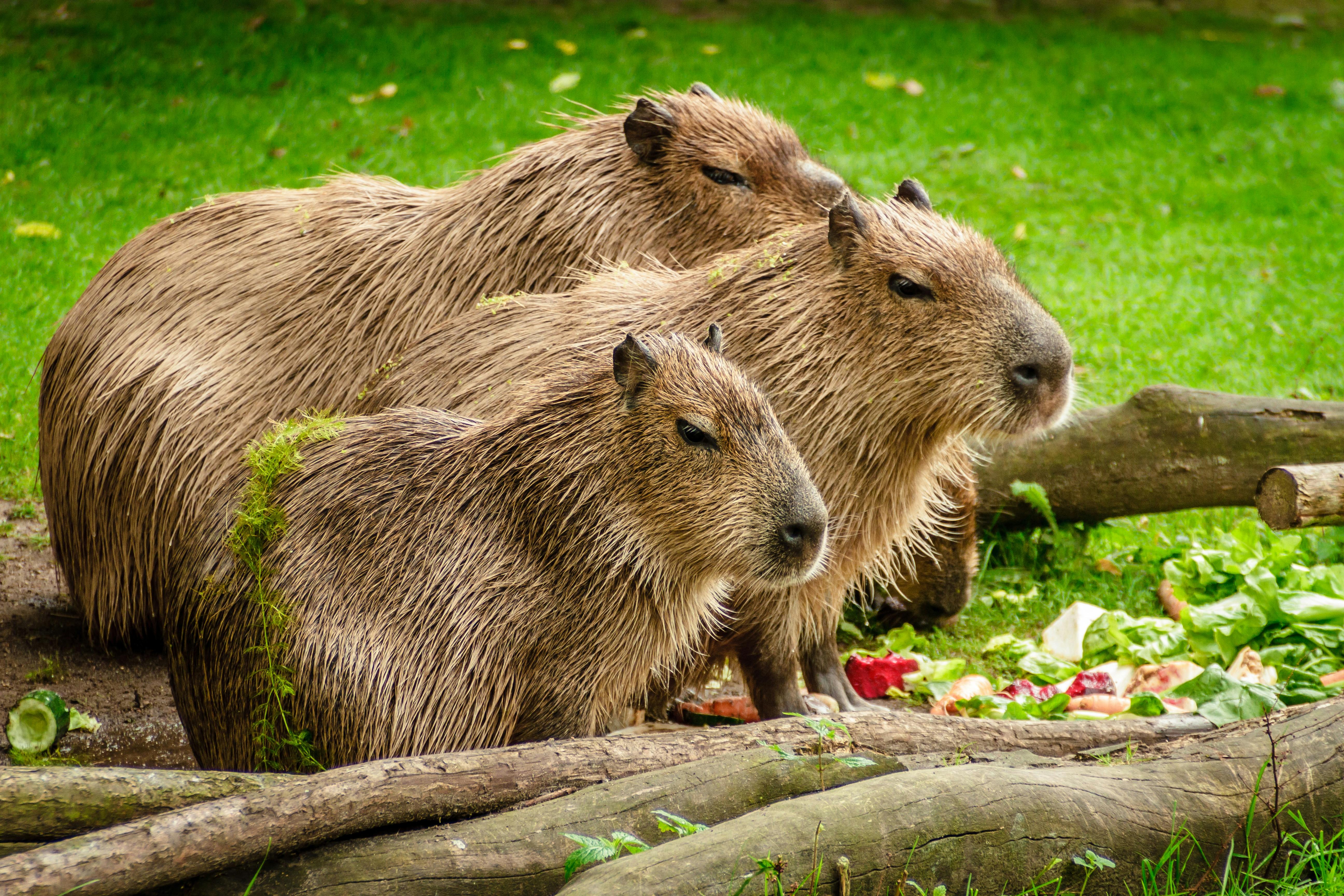The Surprising World of Capybaras: The Largest Rodents on Earth
The capybara, an animal not commonly known, holds the record for being the world's largest rodent. Hailing from South America, these fascinating creatures are full of surprises, offering a fresh perspective on animal behavior and co-existence. This article delves into the captivating world of capybaras, shedding light on their history, their current status, and the peculiarities that make them such an intriguing species.

The History and Habitat of Capybaras
Capybaras, or Hydrochoerus hydrochaeris, have inhabited the South American continent for thousands of years. They prefer living near bodies of water, thriving in swampy, marshy regions. Their semi-aquatic lifestyle is well adapted to the wetlands of Brazil, Venezuela, Colombia, and other South American countries, where they can be found living in large groups.
The Exceptional Social Structure of Capybaras
Unlike many other rodents, capybaras have a complex social structure. They live in groups of 10 to 20 individuals, with a dominant male leading the group. This remarkable social hierarchy, rarely seen in rodent species, contributes to their survival in the wild, offering protection against predators.
Capybaras and Human Interaction
Despite their wild nature, capybaras show a surprising level of comfort around humans. In certain South American communities, they co-exist harmoniously with people, often seen lounging in public spaces. Their friendly disposition has also paved the way for their introduction into the pet market, though they require specific care due to their unique needs.
Capybaras in the Current Day
Currently, capybaras continue to thrive in their native habitats. However, human encroachment and habitat loss pose significant threats to their population. Moreover, while they have gained popularity in the pet trade, prospective owners must consider their extensive care needs, including a water body for swimming and the company of other capybaras.
The Market Impact and Price Range of Capybaras as Pets
Owning a capybara is not a casual commitment. They require a significant amount of care and specific environmental conditions. The market price for a capybara can range from $500 to $1,500, depending on the source. However, the costs of setting up an appropriate habitat and providing ongoing care can be considerably higher.
Through a deeper understanding of the capybara, we can appreciate the diversity and complexity of the animal kingdom. Their unexpected traits challenge our perceptions, offering a fresh perspective on rodent species. It’s vital to ensure their conservation and responsible ownership, preserving the unique place of capybaras in our world.




